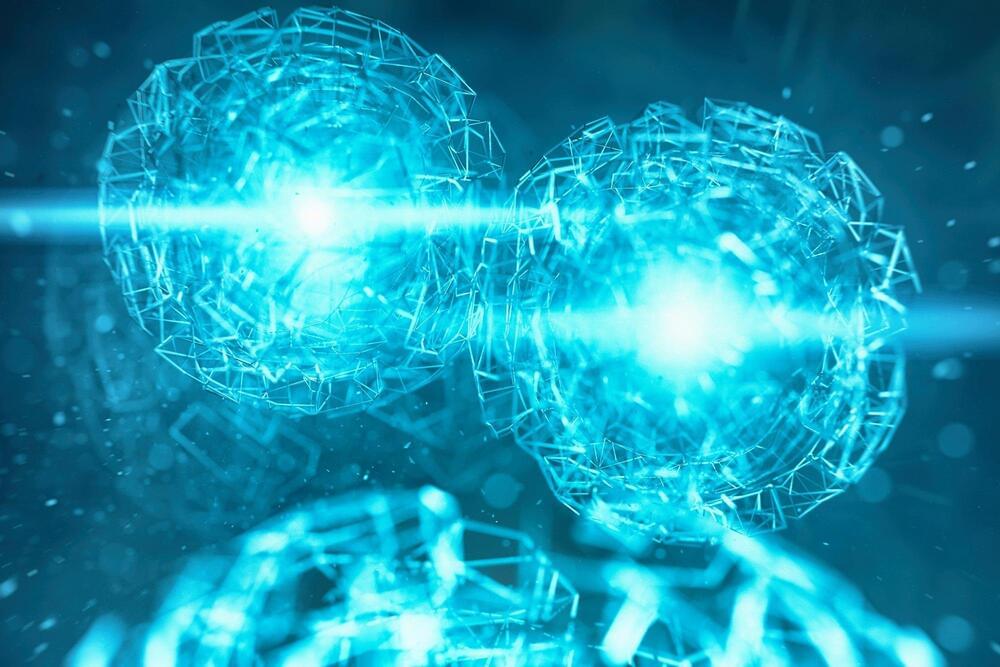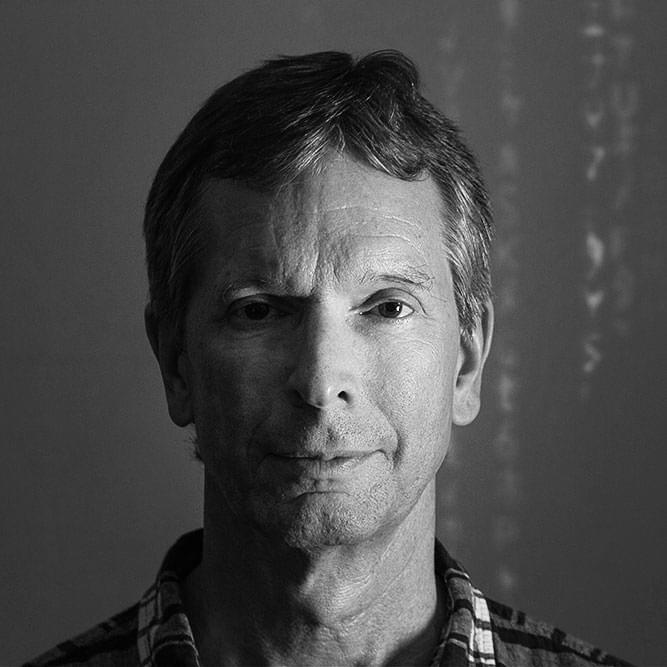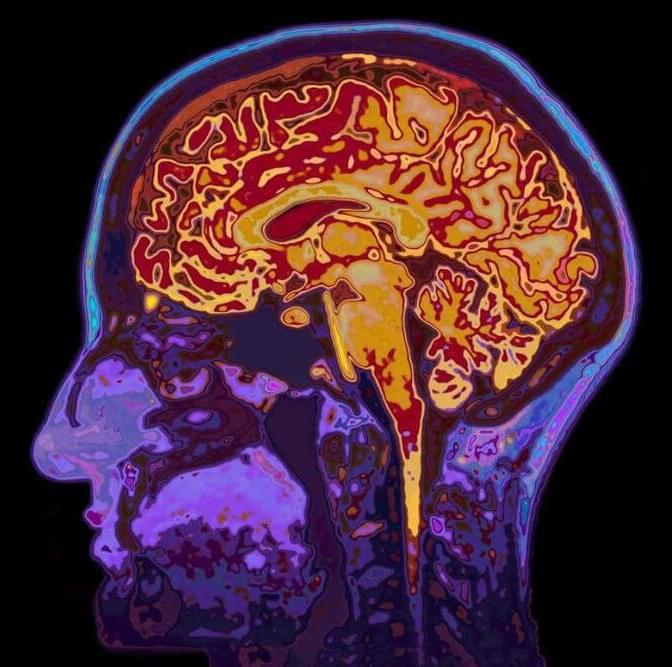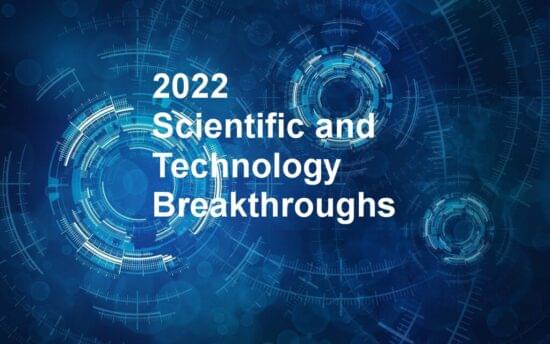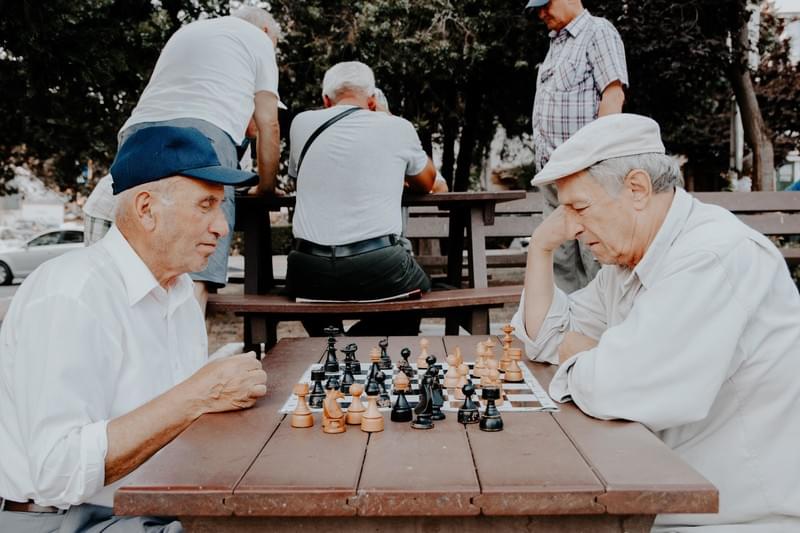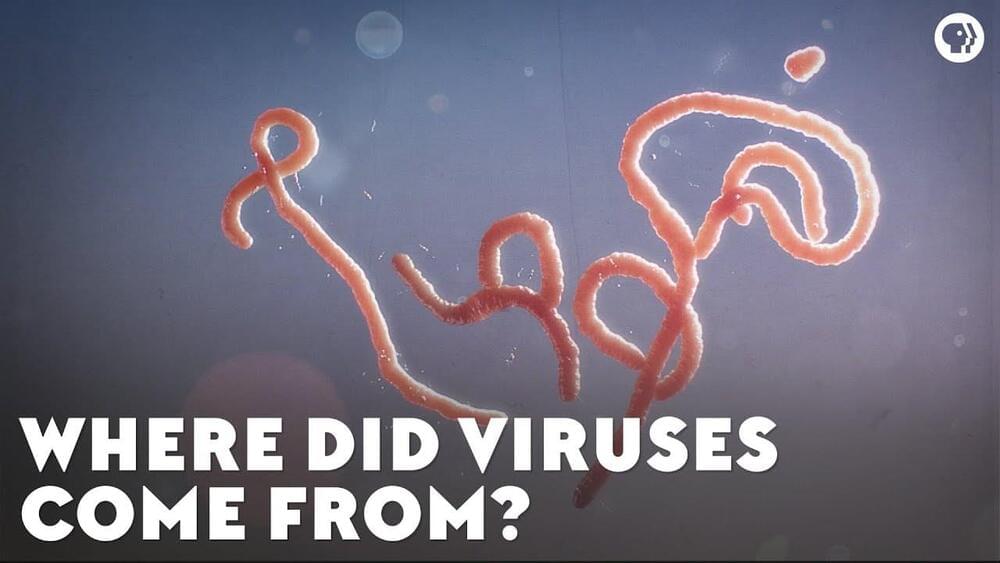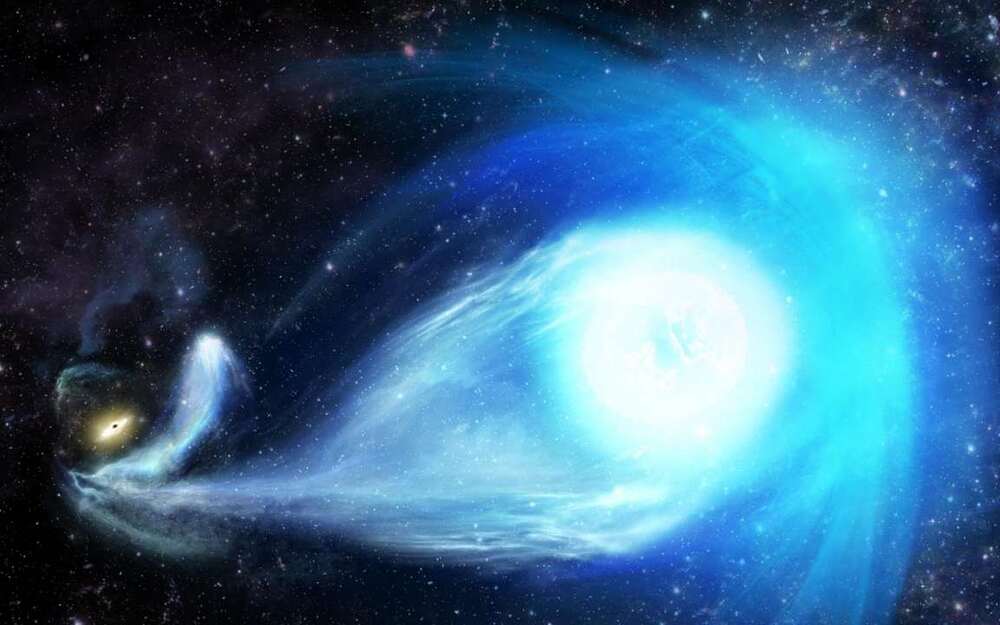Nobel winner Jennifer Doudna explains CRISPR, the gene-editing technology she pioneered.
Berkeley scientist Jennifer Doudna won the 2020 Nobel Prize for her work on the revolutionary gene-editing technology known as CRISPR. It has the potential to cure genetic diseases like sickle cell anemia and hereditary blindness and may even be used to treat cancer and HIV. But when it comes to editing humanity, where do we draw the line? How do we avoid falling into the same kind of dystopian nightmare outlined in Blade Runner? Doudna discussed the risks and benefits of CRISPR in an interview with Ian Bremmer on GZERO World. Also in this episode: a look at cloning our pets (speaking of going too far…).
Sign up for GZERO’s free newsletter on global politics, Signal: http://bit.ly/gzerosignal.
Like GZERO on Facebook: https://www.facebook.com/gzeromedia/
Follow GZERO on Twitter: https://twitter.com/gzeromedia.
Follow GZERO on LinkedIn: https://www.linkedin.com/company/18385722/
GZERO Media is a multimedia publisher providing news, insights and commentary on the events shaping our world. Our properties include GZERO World with Ian Bremmer, our newsletter Signal, Puppet Regime, the GZERO World Podcast, In 60 Seconds and GZEROMedia.com.
#GZEROWorld #CRISPR #GeneEditing #JenniferDoudna #NobelLaureate


